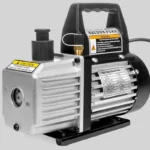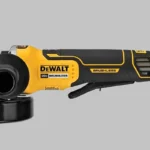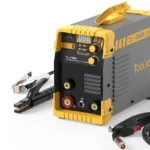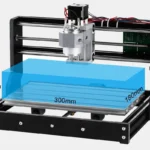Table saws are indispensable tools in both professional and home woodworking shops, renowned for their efficiency in making straight cuts on flat lumber. However, their powerful blades and high speeds also make them one of the most hazardous tools if not used properly. Every year, table saw accidents result in severe injuries including amputations.
Ensuring your safety while using a table saw is important to prevent these accidents and keep your workshop a safe environment. This comprehensive guide will cover essential safety practices to help you keep all your fingers while operating a table saw.
Understanding Your Table Saw
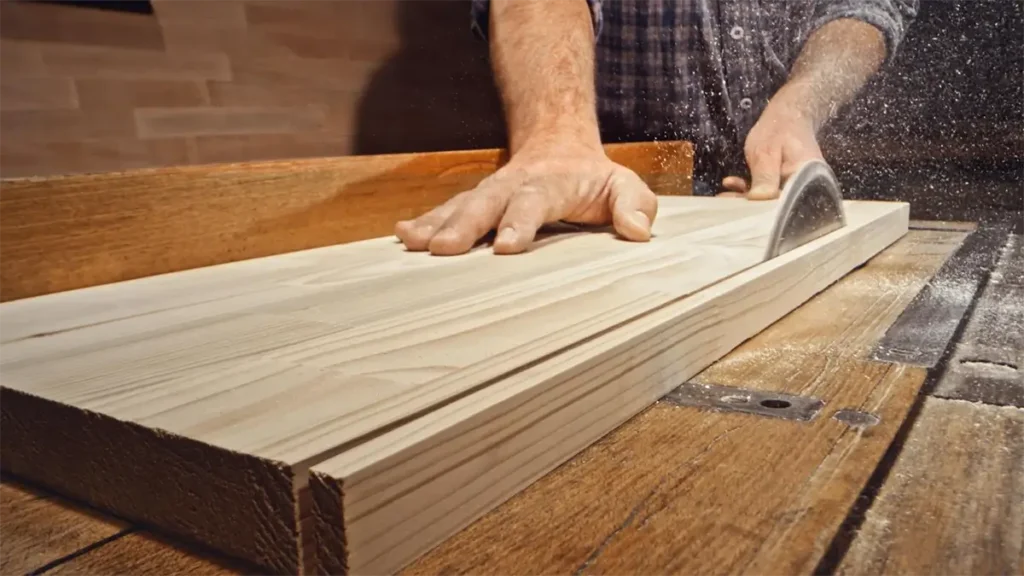
Description of a Table Saw: A table saw, also known as a sawbench, is designed with a circular saw blade mounted on an arbor, which is driven by an electric motor. The blade protrudes through the surface of a table, which provides support for the material being cut, typically wood. This setup allows for precise cuts that are difficult to achieve with other types of saws.
Key Components:
- Blade: The main cutting component, whose size and tooth count can vary based on the cutting task.
- Fence: A guide that helps ensure wood is cut straight along its length.
- Miter Gauge: Used for angled cuts, it guides the wood at set angles to the blade.
- Safety Guards: Include blade guards, riving knives, and anti-kickback pawls to enhance user safety by preventing direct contact with the blade and managing the material as it interacts with the blade.
Basic Safety Practices
Read the Manual: Before you begin using your table saw, it is imperative to read and understand the manufacturer’s manual. This manual will provide specific safety instructions and guidelines tailored to your particular model.
Proper Attire: Wearing the right safety gear is essential. Avoid loose clothing and jewelry that could get caught in the saw. Wear safety goggles to protect your eyes from flying particles, ear protection to guard against long-term hearing loss, and sturdy gloves to protect your hands from splinters and cuts.
Work Area Setup: Ensure that your work area is clean, well-lit, and free of any obstacles that could impede your ability to move freely around your table saw. Good lighting is particularly important to help you make accurate cuts and notice any potential hazards.
Using Safety Accessories
Blade Guards: A blade guard covers the exposed part of the blade when it is not cutting through material. It helps prevent accidental contact with the spinning blade and should always be in place unless it interferes with the cut.
Push Sticks and Push Blocks: These tools help you feed the material through the saw without placing your hands near the blade. Push sticks are ideal for narrow cuts, while push blocks provide a more stable push for wider and shorter pieces.
Featherboards: Featherboards hold the wood firmly against the saw’s fence, reducing the chance of kickback by maintaining a consistent pressure against the wood, preventing it from moving backwards or pinching the blade.
Safe Operation Techniques
Proper Material Handling: Never start a cut without first checking that the wood is free from knots, nails, or anything that could cause the wood to catch or kick back. Ensure the wood is flat against the table and fence before beginning the cut.
Avoiding Kickback: Kickback occurs when the saw blade catches the wood and throws it back toward the operator at high speed. To avoid this, always ensure that the wood is securely against the fence and use a riving knife to prevent the wood from pinching the back of the blade.
Power and Control: Understand the controls and settings of your table saw. Adjust the blade height so that it’s just above the material thickness, which minimizes the exposed blade area and reduces the risk of an accident.
Maintenance for Safety
Regular Checks: Regularly inspect your table saw for misalignment, wear, or other issues that could compromise safety. Ensure that the blade is sharp and properly aligned, and that all safety devices are functioning correctly.
Cleaning Protocols: Keep your table saw clean and free of sawdust, which can accumulate and affect the machine’s performance and your ability to see the cut. Use a brush or a shop vacuum to remove debris from around the blade and the table.
Blade Replacement and Adjustment: Always disconnect the saw from power before changing the blade or making adjustments. Use the correct blade type for the material and cut you are performing, and ensure it is securely fastened and properly aligned.
What to Do in Case of an Accident
First Aid Steps: Keep a first aid kit nearby in case of minor injuries. If a cut occurs, apply pressure to stop bleeding and cover the wound with a clean dressing.
Emergency Procedures: For severe injuries, such as deep cuts or amputations, call emergency services immediately. Avoid further injury by staying calm and not moving unless necessary.
Reporting and Learning: Document the incident and review what went wrong. Understanding the cause of an accident can help prevent future occurrences and improve overall safety practices.
Table saws require respect and careful handling to ensure safety. By understanding your tool, using appropriate safety gear, and following best practices for operation and maintenance, you can significantly reduce the risks of injury. Remember, taking the time to follow these guidelines not only protects your safety but also enhances the quality of your workmanship.

Matthew Dowell
Matthew, a seasoned builder from a family of craftsmen, leads Tools Trove. His passion for tools and decades of hands-on experience fuel his commitment to providing expert reviews and insightful content. Whether you’re a pro or a DIY enthusiast, Matthew’s guidance ensures informed decisions in the world of tools.

